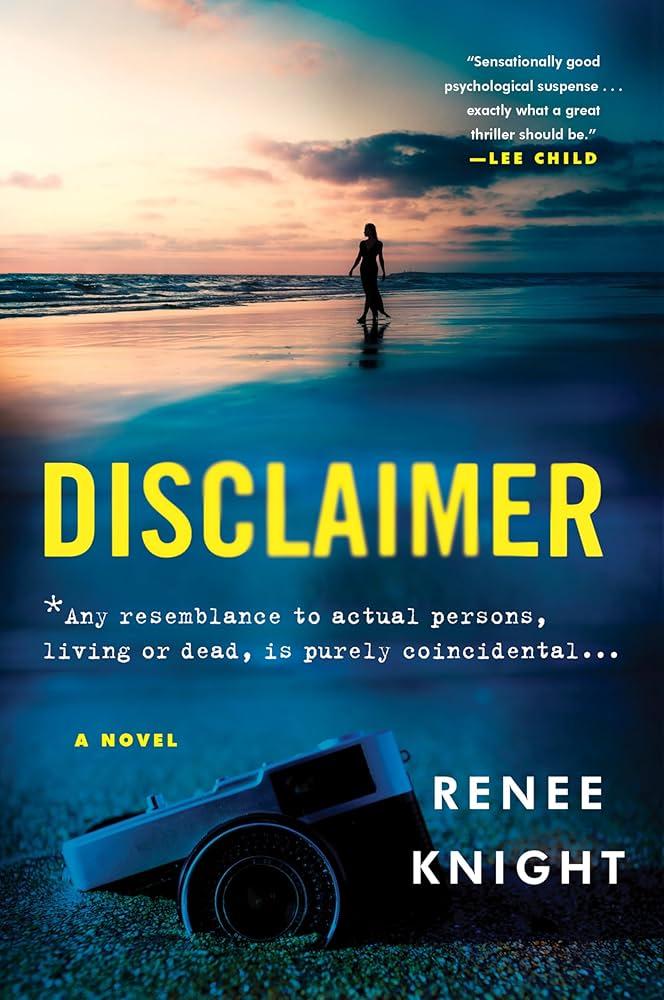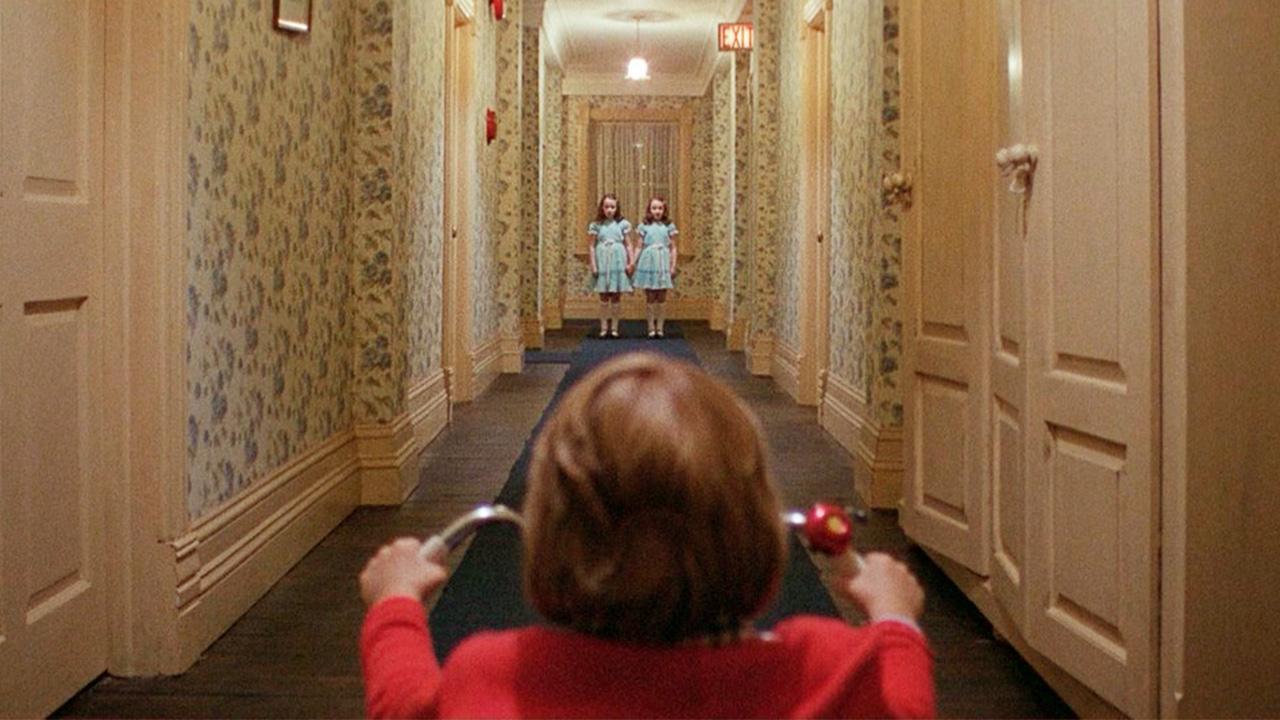In the dim glow of a film set, where shadows dance and whispers linger, the magic of cinema comes alive. “Disclaimer,” a masterclass in suspense, has left audiences on the edge of their seats, hearts pounding and minds racing. But behind the curtain of this gripping thriller lies a world of creativity and meticulous craftsmanship. As we pull back the veil, join us on a journey into the heart of filmmaking, where directors, actors, and crew members weave together tension and intrigue with the deftness of seasoned artisans. Discover the secrets and stories behind the most suspenseful scenes of “Disclaimer,” and gain a newfound appreciation for the artistry that transforms a script into a pulse-pounding experience. Welcome to the world where every frame tells a story, and every moment is a testament to the power of storytelling.
Crafting Chills: Behind the Scenes of Disclaimers Suspense
Creating a sense of suspense is an art form, and the team behind “Disclaimer” knows this all too well. The intricate process of filming those edge-of-your-seat moments involves a combination of clever techniques and a deep understanding of human psychology. The director often employs unexpected camera angles to keep viewers guessing, while the cinematographer plays with light and shadow to create an atmosphere of uncertainty.
- Sound Design: A subtle, eerie score underpins the tension, with sudden silences amplifying the impact of pivotal moments.
- Editing Prowess: Quick cuts and lingering shots are expertly balanced to maintain a rhythm that keeps the audience on edge.
- Actor Performance: The cast’s ability to convey fear and anticipation without uttering a word is a testament to their skill and the director’s vision.
Moreover, the use of practical effects over CGI grounds the suspense in reality, making each scene feel palpably real. The team often films in isolated locations, enhancing the sense of vulnerability and unpredictability. It’s this meticulous attention to detail that transforms “Disclaimer” from a mere thriller into a masterclass of suspenseful storytelling.

Mastering Atmosphere: Lighting and Sound Techniques Unveiled
In the intricate dance of suspenseful storytelling, lighting and sound emerge as unsung heroes, crafting an atmosphere that grips the audience with invisible hands. In the making of “Disclaimer,” these elements were not mere afterthoughts but pivotal characters in their own right. Lighting was meticulously orchestrated to mirror the emotional landscape of each scene. Shadows became harbingers of unease, while the strategic use of dim, flickering lights conjured an unsettling intimacy, making viewers lean in closer, caught between curiosity and dread.
Sound, often the heartbeat of tension, was wielded with precision. The film’s soundscape was a tapestry of subtle yet potent elements:
- The low hum of an impending storm, a metaphor for the brewing conflict.
- Whispers of wind that seemed to carry secrets.
- The deliberate silence that stretched moments into eternity, allowing the audience’s imagination to fill the void with their deepest fears.
These auditory choices ensured that each creak, rustle, and breathless pause became a narrative thread, weaving suspense into the very fabric of the film.
In ”Disclaimer,” the fusion of lighting and sound transcended traditional boundaries, transforming scenes into immersive experiences. The deliberate interplay between light and shadow, sound and silence, created a visceral tension that lingered long after the credits rolled. It was this masterful orchestration that elevated the film’s suspense, making every scene a masterclass in atmospheric storytelling.
The Art of Tension: Actor Insights on Building Suspense
When it comes to crafting suspense, actors delve into a nuanced dance of timing, emotion, and subtlety. In the critically acclaimed series “Disclaimer,” the cast reveals how they masterfully constructed tension in some of the show’s most nail-biting scenes. Julian Black, who plays the enigmatic antagonist, shares that his approach involves a deep understanding of the character’s motivations, allowing him to weave a sense of unpredictability that keeps viewers on edge.
Key Techniques Used by the Cast:
- Micro-Expressions: Small, almost imperceptible changes in facial expressions can convey a wealth of emotion, hinting at underlying motives without overtly revealing them.
- Controlled Breathing: Actors manipulate their breathing patterns to subtly influence the rhythm of a scene, creating a palpable tension that mirrors the audience’s anticipation.
- Intentional Pauses: Strategic pauses in dialogue can amplify suspense, allowing the audience’s imagination to fill the silence with their own fears and expectations.
In one of the series’ most intense scenes, Elena Rossi, portraying the conflicted protagonist, uses silence as her ally. She explains, “It’s about letting the unsaid words hang in the air, creating a space where the viewer’s mind races to fill in the gaps.” This deliberate use of silence and pacing not only heightens the suspense but also deepens the emotional impact, leaving audiences breathless and eager for resolution.

Directors Vision: Key Strategies for Captivating Audiences
In crafting the suspenseful scenes of “Disclaimer,” the director’s vision was pivotal in transforming the script into a gripping visual experience. The director employed several key strategies to ensure audiences were not just passive viewers but active participants in the unfolding drama. By focusing on atmospheric tension, the scenes were designed to keep viewers on the edge of their seats. This was achieved through meticulous attention to lighting, sound design, and pacing, creating an immersive environment where every shadow and whisper added to the suspense.
- Lighting and Shadows: The use of chiaroscuro lighting techniques helped in creating stark contrasts, playing with light and dark to evoke a sense of mystery and foreboding.
- Soundscapes: An intricate sound design layered ambient noises with a haunting score, heightening the tension and keeping audiences alert to every subtle shift in tone.
- Dynamic Pacing: The director varied the pacing of scenes, interspersing moments of quiet tension with sudden bursts of action, keeping viewers constantly guessing and engaged.
Another essential strategy was the development of complex characters whose motivations and backstories were intricately woven into the narrative. This approach ensured that the suspense was not only about external threats but also about the internal conflicts and moral dilemmas faced by the characters. By building a deep emotional connection between the audience and the characters, the suspense was intensified, as viewers became invested in the outcomes and consequences of each character’s choices.


